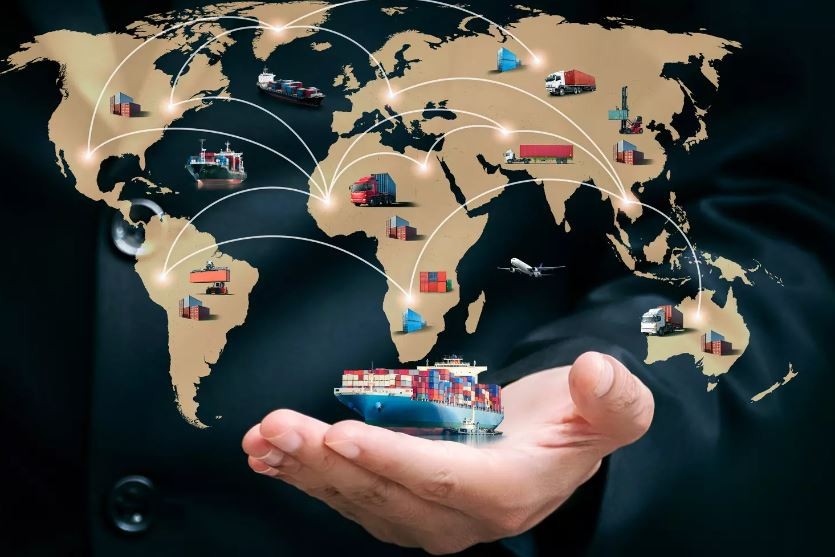Production’s Coming Home – Why the Trend for Re- and Near-Shoring will further Increase
Since the late, mid-20th century companies have been offshoring their manufacturing and services to countries outside Europe and the US. Since some time now and especially following crisis situations, we observe companies re-thinking their strategy and reverting to re-shoring or near-shoring.
What do we mean with this?
While offshoring refers to companies opening their own factories or outsource to third party manufacturers activities in another region or continents far away, reshoring or nearshoring manufacturing operations means that companies relocate their production back within their own national borders or into neighboring countries of the same region, respectively.
Why was offshoring performed in the first place?
The trend to offshore began in the 1960/70s and the reasons varied by industries but were ultimately cost driven. While, for example, in the labor intense textile industry associated labor costs were the main driver, the pharmaceutical industry often offshored manufacturing also for tax benefits and less costly regulatory standards compared to their ‘home’ countries. Interestingly, in the fast-moving consumer good industry, offshoring was much less prevalent due to the high impact on responsiveness and lacking cost benefit. Here, rather regional or local production was done to achieve better agility and to adopt better and quicker to specific market needs.
Why is this trend now reverted?
Over the last years many incentives and benefits for offshoring have changed while the customer and market environment have changed and became much more demanding. Many companies have thus started to review their strategy and investigated re-shoring, if they have not already implemented it. Most recently, for example, Sanofi announced to drive the establishment of a new, large manufacturing facility in Europe.
The four main reasons that companies bring their manufacturing operations back home or closer to home are:
- Increased quality standards: in particular in the high-tech industry, the quality produced in offshoring countries doesn’t always meet the increased expectations of customers or it is very difficult to find and maintain the scarce capabilities needed. In addition, consumers have become more sensitive towards the origin of a product and expect more and more traceability. Local or regional products are often perceived at higher quality, which can create further emotional binding with a brand.
- Higher need for agility: offshoring automatically increased delivery times and bears the risk of interruptions in the supply chain, especially during crisis times. For innovative products ´time to market´ is very critical and close vicinity between customer, development and production has advantages over geographic hurdles.
- Cost competitiveness: over the last decades significant productivity gains, especially in Europe, and the increase in production costs in offshoring countries – no to mention currency risks – has substantially decreased the financial attractiveness for offshoring. With the increased usage of smart technologies – Industry 4.0 – more productivity gains are possible, and this trend is expected to continue. Besides, for regionally or locally manufactured products customers are often willing to pay a higher price.
- Commitment to sustainability: with stronger ethically as well as cost-driven focus on a carbon neutral or even carbon positive footprint, offshoring has become less attractive. Companies are taking increasingly serious measures to demonstrate their commitment to a sustainable value chain, recognizing the potential to move from a must-have to a source of strategic value.
What concrete points should companies consider before taking the decision to reshore or nearshore?
Companies that are looking at re- or nearshoring their manufacturing footprint should consider these four aspects to inform their decision making:
- Quality expectations for your product and service expectations of your consumers and customers: There is a likely chance that these parameters have already or will significantly change going forward.
- Cost model: Consider the total landed costs approach, i.e. all cost involved until your product reaches your customer. Note that for example tariffs and subsidies are very uncertain and can change overnight. These are not parameters which should be substantial part of your long terms cost model.
- Latest and future technology trends and opportunities for your product offering: These can substantially drive automation, faster innovation cycles and easily generate high top-line and bottom line value when successfully implemented closer to home
- Skills and know-how: re- or near-shoring manufacturing may require hiring experts with the right competencies locally. Ensuring the knowledge transfer is a critical success factor, in particular for manufacturing operations that require highly skilled labor.
How we can support you in your re-shoring efforts?
Companies looking for short- to mid-term cost benefits will likely find no time to review the value in re- and near-shoring activities. Our interest is in helping companies that want to invest in long-term healthy and sustainable growth and employment. Together with you we review your current and potential future business and operating model and help you gain insights with regards to market, customer and technology trends and potential benefits for costs, service and quality. We facilitate the decision-making process for re- or nearshoring and help you identify and overcome hurdles and minimize risks. Finally, we work side-by-side with our client during the implementation.
About the Authors:
Andreas Kiefner has 20+ years industrial experience in multinational companies from the consumer goods and pharmaceutical sector and helps businesses to be prepared to rise to the future. He is based in the Basel area.
Arne Buthmann has been working for 20+ years with clients from senior management to project team level helping them transform their operating model and build new capabilities. He is based in Basel.






